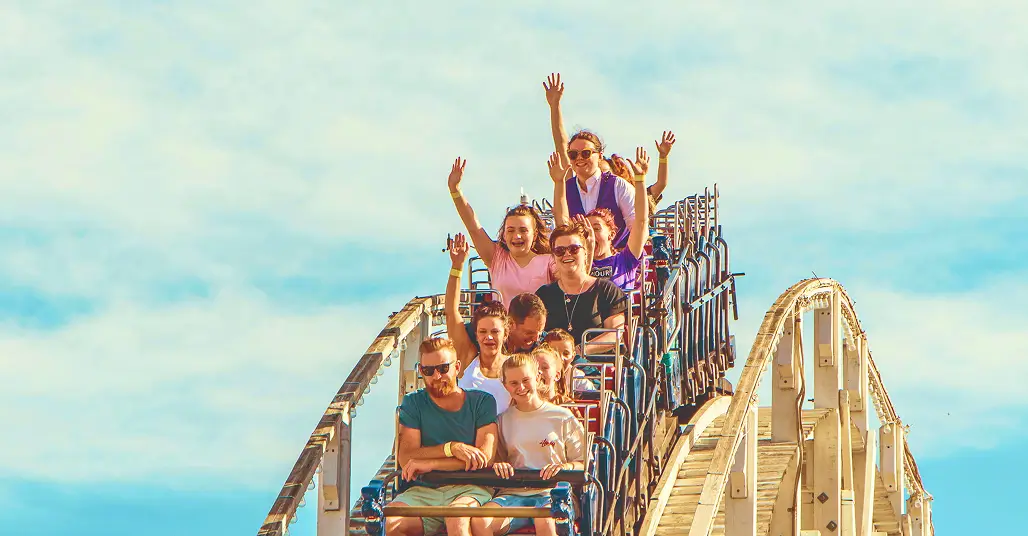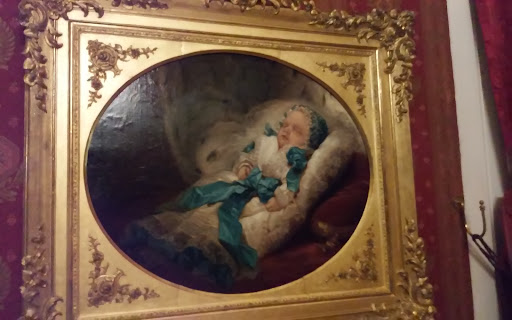Royal Palace of La Granja of San Ildefonso things to do, attractions, restaurants, events info and trip planning

Basic Info
Royal Palace of La Granja of San Ildefonso
Pl. de España, S/N, 40100 Real Sitio de San Ildefonso, Segovia, Spain
4.6(9.3K)
Closed
Save
spot
spot
Ratings & Description
Info
The Royal Palace of La Granja de San Ildefonso, known as La Granja, is an early 18th-century palace in the small town of San Ildefonso, located in the hills near Segovia and 80 kilometres north of Madrid, within the Province of Segovia in central Spain.
Cultural
Outdoor
Family friendly
attractions: Palacio Real de la Granja Garden, La Granja de San Ildefonso, Parterre de la Fama, Royal Glass Factory of La Granja, The Baths of Diana, Laberinto de los Jardines del Palacio Real de la Granja, Puerta de la Reina, Estanque El Mar de la Granja de San Ildefonso, restaurants: El Europeo, Restaurante Canonigos, Restaurante Casa Zaca, La Taberna del Pelón, La Chata, Bar Restaurante Peñalara, La Fundición Restaurante, La Antígua Cestería, Restaurante El Hábito, Restaurante la Fragua
 Learn more insights from Wanderboat AI.
Learn more insights from Wanderboat AI.Phone
+34 921 47 00 19
Website
patrimonionacional.es
Open hoursSee all hours
Sun10 AM - 6 PMClosed
Plan your stay

Pet-friendly Hotels in Real Sitio de San Ildefonso
Find a cozy hotel nearby and make it a full experience.

Affordable Hotels in Real Sitio de San Ildefonso
Find a cozy hotel nearby and make it a full experience.
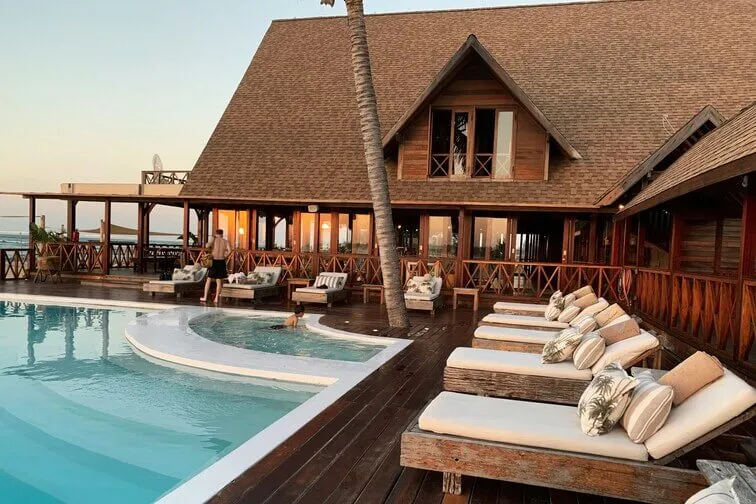
The Coolest Hotels You Haven't Heard Of (Yet)
Find a cozy hotel nearby and make it a full experience.

Trending Stays Worth the Hype in Real Sitio de San Ildefonso
Find a cozy hotel nearby and make it a full experience.
Reviews
Nearby attractions of Royal Palace of La Granja of San Ildefonso
Palacio Real de la Granja Garden
La Granja de San Ildefonso
Parterre de la Fama
Royal Glass Factory of La Granja
The Baths of Diana
Laberinto de los Jardines del Palacio Real de la Granja
Puerta de la Reina
Estanque El Mar de la Granja de San Ildefonso

Palacio Real de la Granja Garden
4.6
(762)
Open 24 hours
Click for details

La Granja de San Ildefonso
4.7
(1.0K)
Closed
Click for details
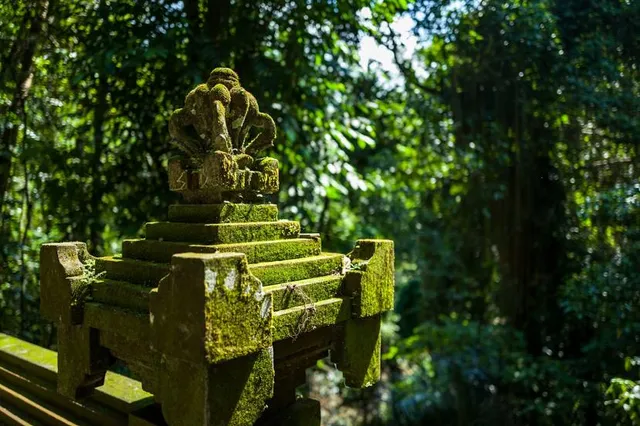
Parterre de la Fama
4.8
(10)
Open 24 hours
Click for details
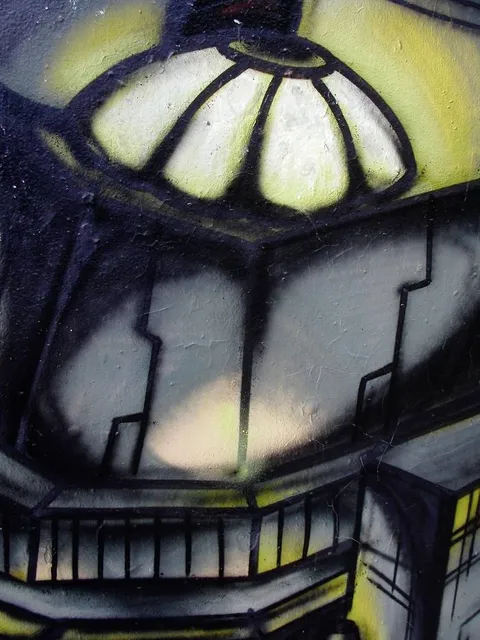
Royal Glass Factory of La Granja
4.5
(426)
Open 24 hours
Click for details
Things to do nearby

Horse Riding Madrid Natural Park
Sun, Dec 21 • 10:00 AM
28450, Collado Mediano, Comunidad de Madrid, Spain
View details
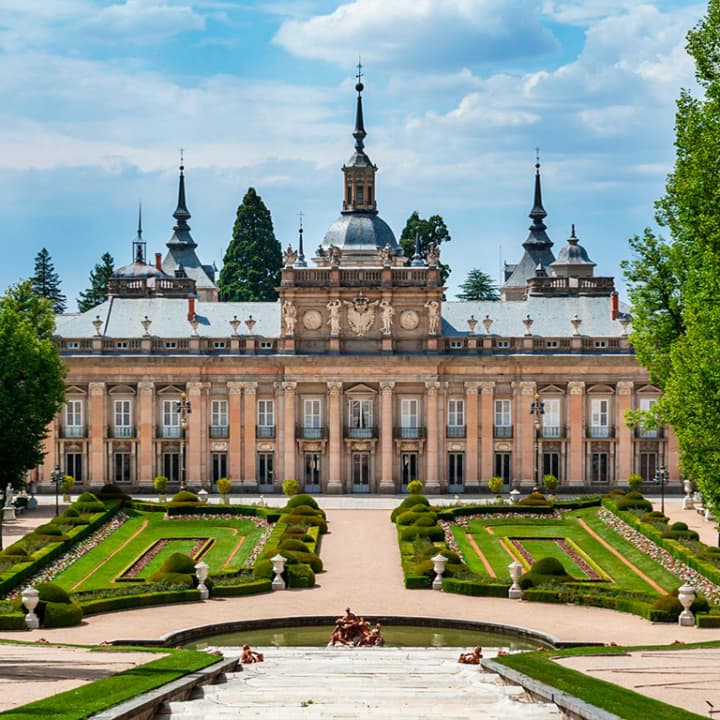
Palacio Real de La Granja de San Ildefonso
Sun, Dec 21 • 10:00 AM
Plaza de España, 15, Real Sitio de San Ildefonso, 40100
View details
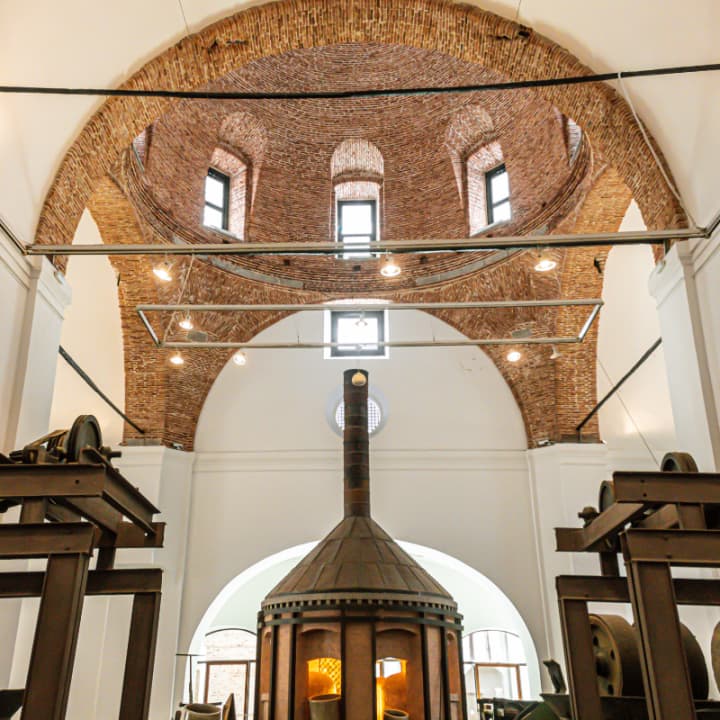
Real Fábrica de Cristales de la Granja
Sun, Dec 21 • 10:00 AM
Paseo Pocillo, 1, Real Sitio de San Ildefonso, 40100
View details
Nearby restaurants of Royal Palace of La Granja of San Ildefonso
El Europeo
Restaurante Canonigos
Restaurante Casa Zaca
La Taberna del Pelón
La Chata
Bar Restaurante Peñalara
La Fundición Restaurante
La Antígua Cestería
Restaurante El Hábito
Restaurante la Fragua
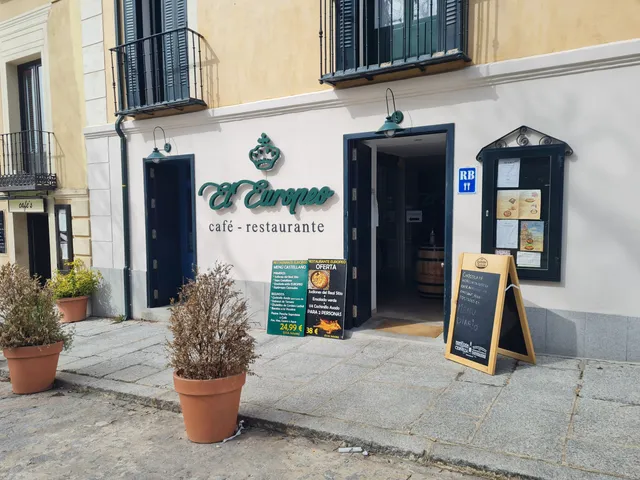
El Europeo
3.5
(494)
Click for details
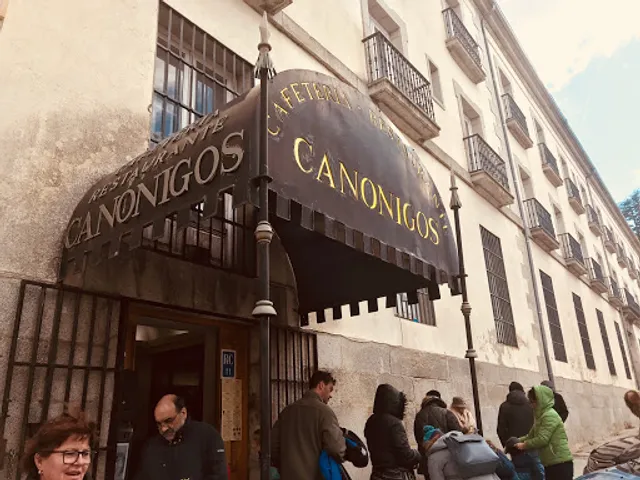
Restaurante Canonigos
3.6
(166)
$$
Click for details
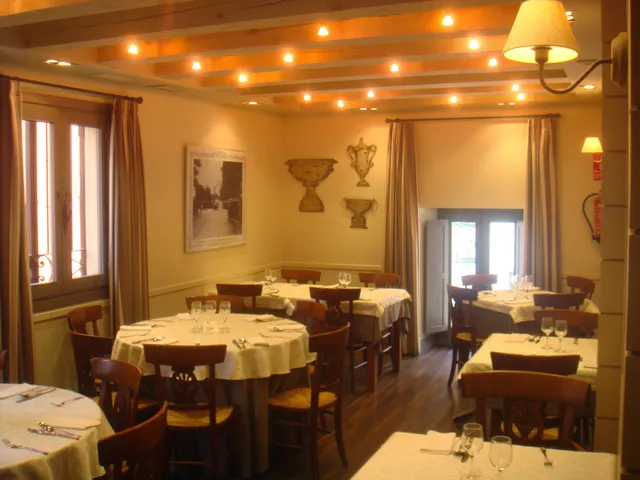
Restaurante Casa Zaca
4.6
(1.2K)
Click for details
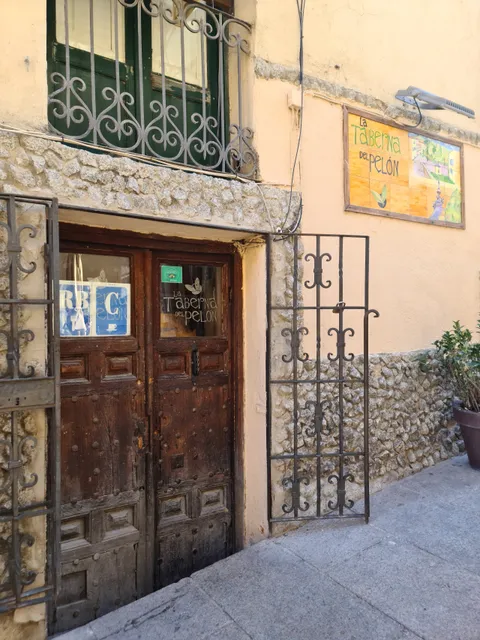
La Taberna del Pelón
4.3
(604)
Click for details
